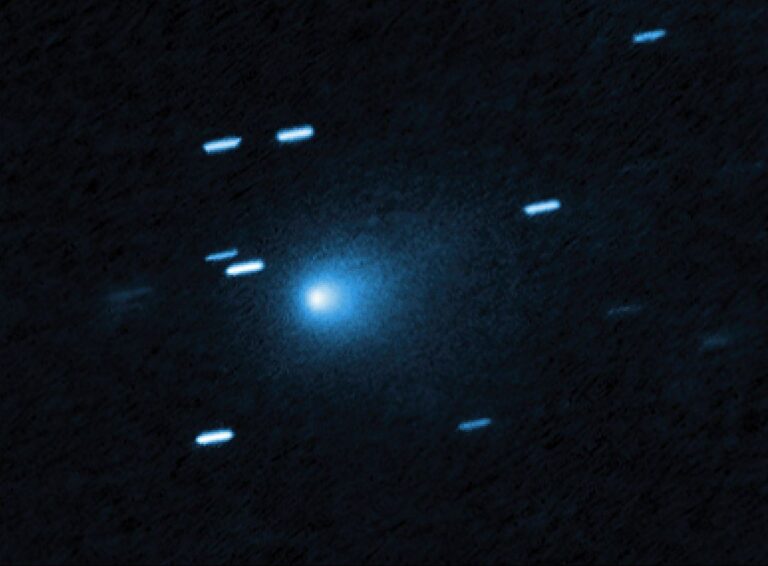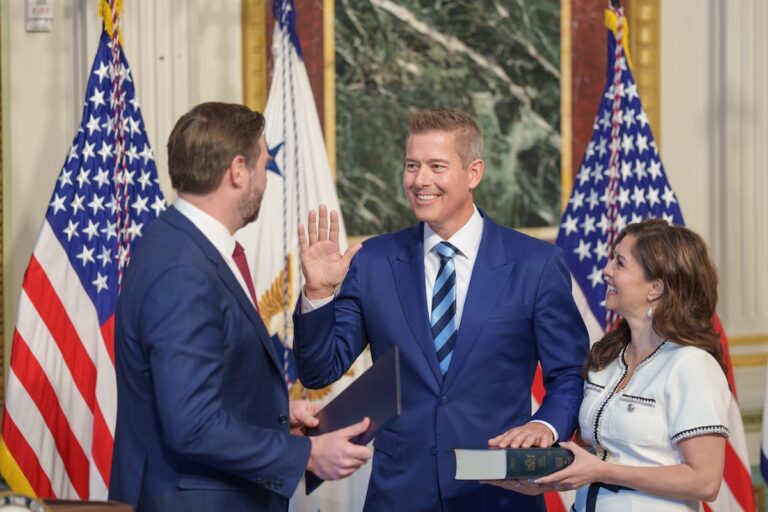Key Takeaways:
The Large Hadron Collider (LHC) successfully passed its first test when it fired two beams of protons Wednesday morning. The beams were fired at different times around the collider’s 17-mile (27-kilometer) circular tunnel underneath Geneva, Switzerland.
The first beam, traveling clockwise, was fired at 10:26 A.M. CEST. The beam traveling counterclockwise was fired 5 hours later.
The LHC, the largest and most expensive scientific instrument ever built, will begin the actual high-energy collisions of protons October 21. By colliding protons, scientists hope to recreate the condition our universe was in a split second after that Big Bang, which could tell us more about the make-up of our universe.
Astronomy magazine Senior Editor Richard Talcott discussed how the LHC works and what it could mean for scientists. Here are some excerpts from his Q & A.
“This is easily the highest energy experiment that’s been done, and there have been other experiments that have gone on that have reached lower energies and that have found out much of what’s going on in the universe. So we have a lot of good evidence that the standard model is true based on what earlier experiments have shown.”
“The amount of data that we’re going to get from the LHC, to put it in perspective, it’s enough that if you put it all on CDs, every year there will be enough CDs to go to the Moon and back twice.”
“So there’s a huge amount of data that is going to come out of this, and it’s teasing out the small effects from that data that’s going to give us all the knowledge that we hope. It’s fair to say that in terms of the basic scientific knowledge that we can and should get out of the LHC, it’s going to be certainly at least as much as Hubble does, but it’s not going to be in the same sense of pretty pictures of what the universe looks like. The universe of the very small is far different from the universe of the very large, and you may have to be a scientist to appreciate the beauty of the very small.”
Read the entire interview here.










